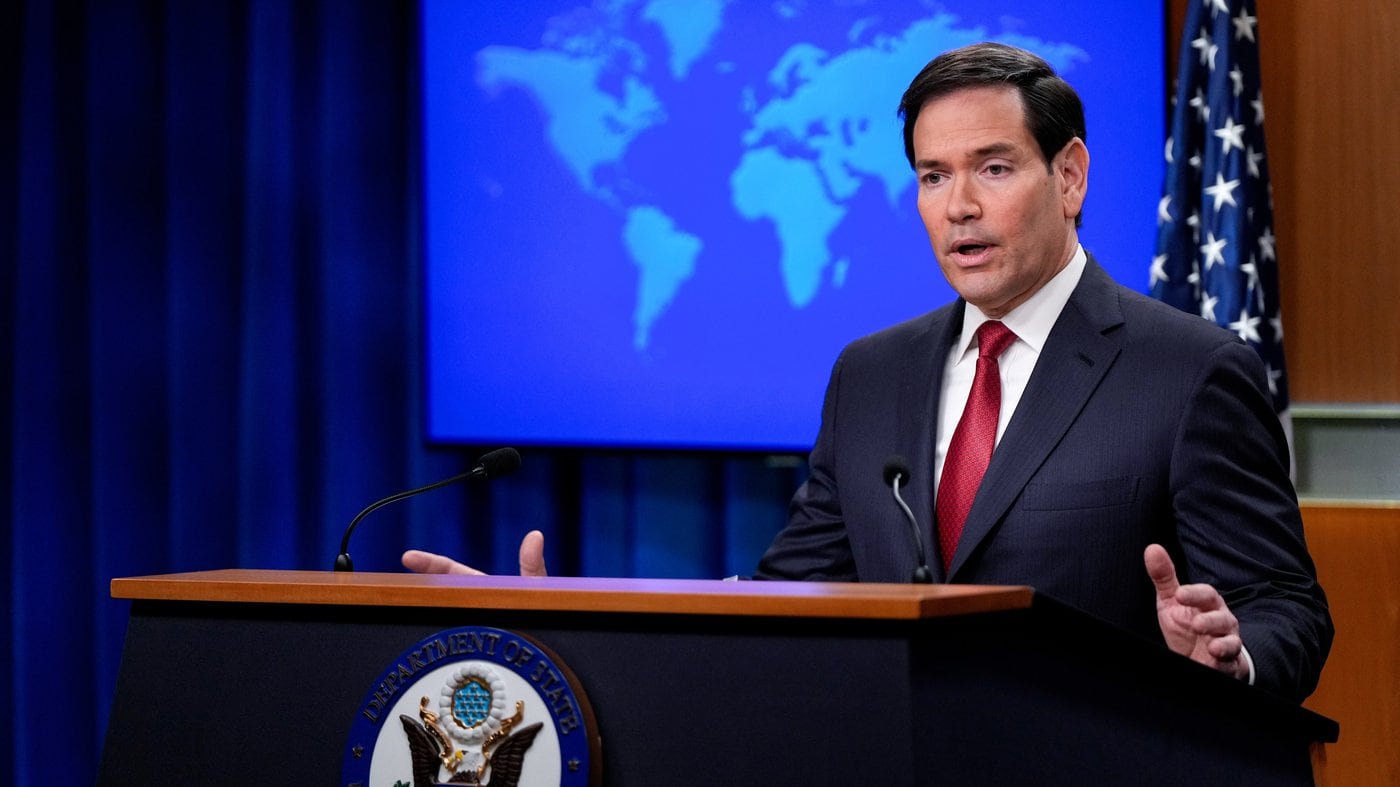Retail spending in the United States saw its largest monthly increase since January 2023, according to data released Wednesday by the Department of Commerce. Sales at stores, restaurants, and auto dealerships rose by 1.4% compared to the previous month, driven primarily by vehicle purchases.
The increase is largely attributed to higher demand for cars, trucks, and auto parts, with spending in that category rising more than 5% compared to February. This behavior has been linked to the announcement of new tariffs on imported vehicles made by President Donald Trump last month, which began to take effect in early April. In response, several automakers offered discounts, prompting consumers to make purchases sooner than planned.
According to the analytics group Cox Automotive, March recorded the highest volume of new car sales in four years. However, the firm’s economists warn that this momentum may be temporary, anticipating a possible slowdown in the coming months as tariffs begin to impact prices.
Despite the rebound in March, concerns remain about the future of consumer spending. Some major brands and retailers have already revised their financial forecasts downward for the remainder of the year, citing economic uncertainty. The latest consumer sentiment survey from the University of Michigan reflects a decline in confidence, partially driven by anxiety over the inflationary effects of trade measures.
Still, other sectors also showed growth, including sporting goods, gardening and construction supplies, as well as food services. Robert Frick, an economist at Navy Federal Credit Union, noted that “a strong labor market and rising incomes remain key factors supporting consumer spending.”
On a year-over-year basis, retail sales in March increased by 4.6%, while data from previous months were more modest: a slight uptick in February and a decline in January.







